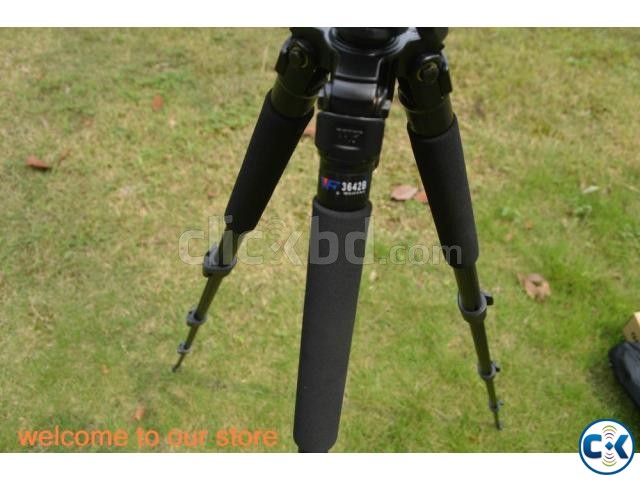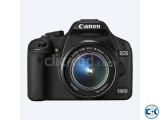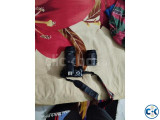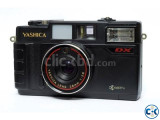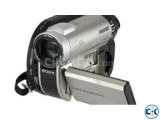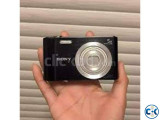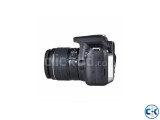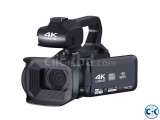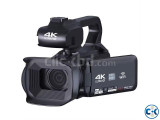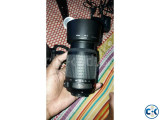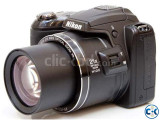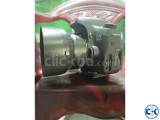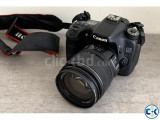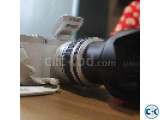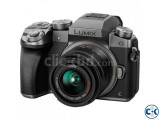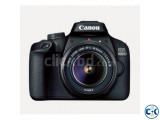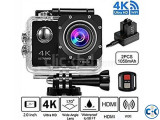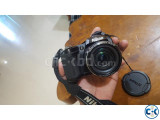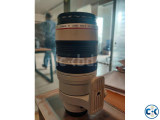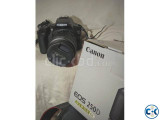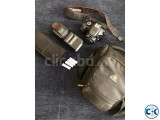My ClickBD
Brand new
DIGIPOD HIGH QUALITY TRIPOD
Lowest price in Bangladesh:
Highlights
- New/Used: NEW
- Brand: ACCESSORY
- Type: CAMERA
Seller info
Description
DESCRIPTION for DIGIPOD HIGH QUALITY TRIPOD price in Bangladesh
|
Long exposures, low light, macro work, landscapes, product photography - just a few of the typical situations where having your camera as stable as possible is vital if you're going to avoid camera shake. Some photographers shy away from using a tripod, citing the need to avoid adding extra bulk and weight to their kit as key reasons for their decision. Obviously, tripods do have their drawbacks, but modern models are increasingly lightweight, fold down very small and - as such - are very portable. Sure, you could rely on your surroundings to give you some form of support in certain situations - benches, rocks, tables, the ground - but if sharpness and detail is your utmost priority when it comes to taking photographs, then you really can't beat a good tripod for stability. There are a huge range of options available on the market, all of which have their own unique properties, pros and cons. The most expensive models tend to be manufactured from incredibly lightweight materials like carbon or basalt fiber for example, while cheaper models are usually constructed using heavier materials (albeit only marginally in some cases) like aluminum. Some tripods also boast additional features, like the ability to swing out the center column (ideal for low-level shooting) or remove it completely to use as a monopod. Some tripods are offered in combination with heads, while others will require the latter to be purchased separately, giving you a bit more freedom over the choice of product you need for your favored type of photography. Generally, ball heads are best suited to photographers who like to do a bit of everything - they're quick to reposition but it's difficult to make precise adjustments with them - while the two-way pan-and-tilt variety tends to be the head of choice for action and wildlife photographers, as it allows for smooth panning. A three-way head can be slower to use but allows for separate control of each axis, making it a good all-rounder. Finally - for genres like macro and architectural photography where precision is key - a geared three-way head allows for the greatest level of precision, at the expense of added weight and bulk. Another thing to consider is the working height you need for your favored type of photography - this will affect the number of leg sections your ideal tripod will need to have. As well as the weight of the product itself, be sure to pay attention to the maximum load your tripod/head combination can bear and check it can support your heaviest camera gear. Finally, the locking mechanism used to secure the legs will be down to personal preference: you can usually either opt for a tripod with twist locks or a 'quick-locking' system that basically snaps open/closed. Here, we've gathered five of the best tripods on the market that are available for less than $450, with something to suit every budget: read on to discover which of our best buys is the perfect partner for your camera gear. Benro Transfunctional Travel Angel Aluminium Tripod Kit List Price: $237 www.benrousa.com Small but perfectly formed, the new Transfunctional Travel Angel series from Benro is designed to meet the demands of photographers who prefer to travel light. The most compact tripod in this round-up, our test model - the A0691TB00 - folds down to 16.1 inches and weighs in at just 2.9 lbs, making it very light and portable. An ideal solution for globetrotting enthusiasts, or photographers who like to hike long distances with their kit, this little tripod won't weigh you down and its small size when folded makes it easy to attach to the outside of your camera bag - otherwise you can stow it in the included carry case. Happy Arcade Shopping Mall, Beside City College, Road-03, Plot-03, 1st floor, Dhaka. Dhanmondi, Dhaka, Bangladesh Contact: BAPPY 01619550032 |
